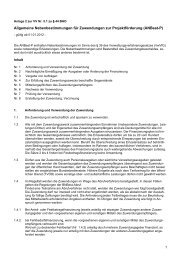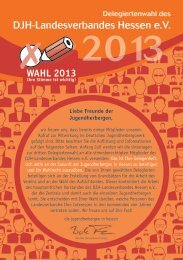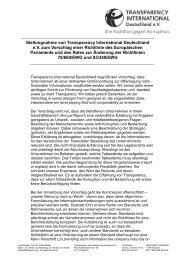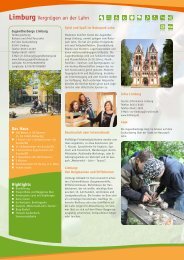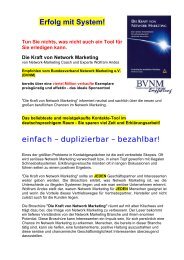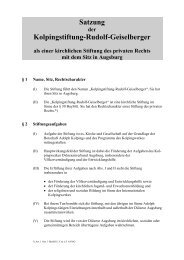REPA Booklet - Stop Epa
REPA Booklet - Stop Epa
REPA Booklet - Stop Epa
You also want an ePaper? Increase the reach of your titles
YUMPU automatically turns print PDFs into web optimized ePapers that Google loves.
An Adjustment Compensation Fund: to provide additional resources and support for adjustment to address<br />
revenue loss, unemployment, upgrading of productive structures and human resources, and building institutional<br />
capacity.<br />
“The dangling of<br />
development aid<br />
by EU has<br />
triggered fast<br />
emotions by each<br />
configuration to<br />
rush the process<br />
so as to be the<br />
first in concluding<br />
an EPA.”<br />
(Richard Kamidza,<br />
SEATINI 2004)<br />
Didn’t the Cotonou Agreement say the ACP States could decide their own models of development?<br />
Indeed! Chapter 2 ‘The Actors of the Partnership’ begins in Article 4 by saying:<br />
The ACP States shall determine the development principles, strategies and models of their economies<br />
and society in all sovereignty.<br />
But these are negotiations in which the European side holds the upper hand. Many of the ACP’s principles<br />
would also require amendments to WTO rules, which could only be achieved with the Commission’s support.<br />
How did the ACP Group want to conduct the negotiations?<br />
They were determined that the major negotiations should take place at an all-ACP level. Member States were<br />
already stretched across a range of negotiations at the WTO, the Caribbean States were doing battle with the<br />
US over the Free Trade Agreement for the Americas, Southern Africa was coming to terms with NEPAD (New<br />
Partnership for Africa’s Development) and the Pacific Islands were facing the implementation of the Pacific Island<br />
Countries Trade Agreement (PICTA) among themselves plus the Pacific Agreement on Closer Economic<br />
Relations (PACER) with Australia and New Zealand. The only way they could cope was to build their collective<br />
negotiating capacity and prepare analyses, including impact studies, to guide them.<br />
How would this work?<br />
They proposed 2 phases:<br />
Phase 1 - from September 2002 to September 2003: This would cover the principles and scope of Economic<br />
Partnership Agreements, their content, and rules to cover special and different treatment, financing of adjustment,<br />
rules of origin, sanitary and phytosanitary rules, framework agreement on services, development aspects of<br />
services, fisheries, trade-related issues, investment and promotion, and much more.<br />
Phase 2 - From September 2003 to December 2007: regional and country-level negotiations would focus on<br />
tariff schedules and sectors of specific interest to those countries.<br />
How did they think all this could be achieved by 2007?<br />
That was the timeline established by the European Commission during the Cotonou negotiations and presented<br />
to, and approved by, the WTO at the Doha Ministerial Conference in 2001. It was obviously reckless for ACP<br />
governments to try to achieve this, and the antithesis of the ‘good governance’ that the European Union was so<br />
insistent on. But no government was prepared to say up-front that it couldn’t be done.<br />
Did the Commission agree to the ACP’s approach?<br />
No! The Commission agreed to initial discussions from September 2002 to September 2003 at an all-ACP level,<br />
but only for the purpose of clarification. Formal negotiations had to be conducted at the regional level.<br />
Why didn’t the ACP governments just walk away?<br />
All the ACP States would have had to agree to do that, which was never likely. They were focused on the short<br />
term and had no alternative game plan. Most governments wanted to maintain their existing preferences at least<br />
until 2007, and hoped they might secure something useful beyond that. There was also the bribe of aid money<br />
through the European Developing Fund. In theory, this was separate. In practice, the Commission and the<br />
Cotonou Agreement itself stressed the link between trade and aid. In return, the ACP governments opened the<br />
door to a whole raft of new commitments that could easily outweigh those short-term benefits.<br />
36<br />
A People’s Guide To The Pacific’s Economic Partnership Agreement



